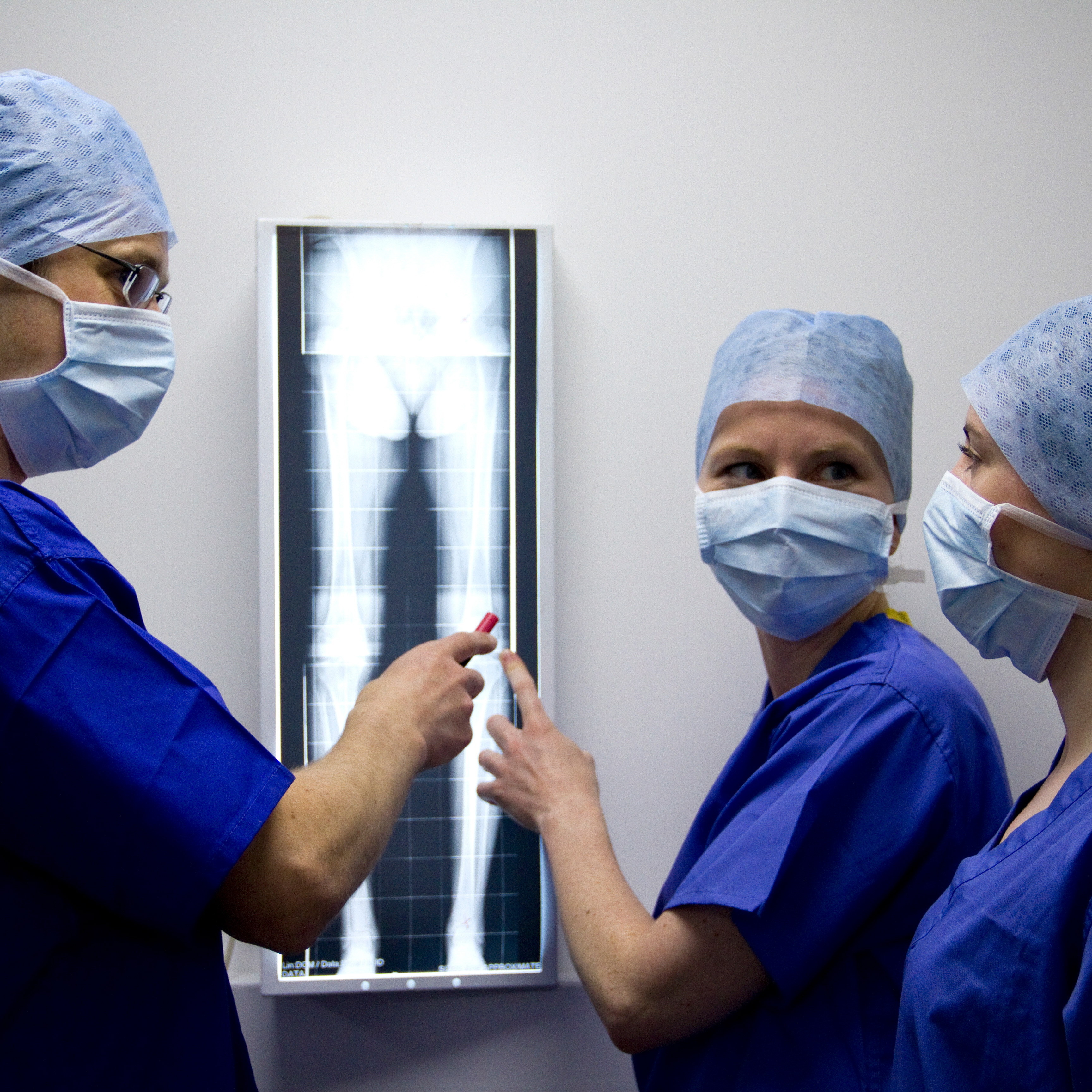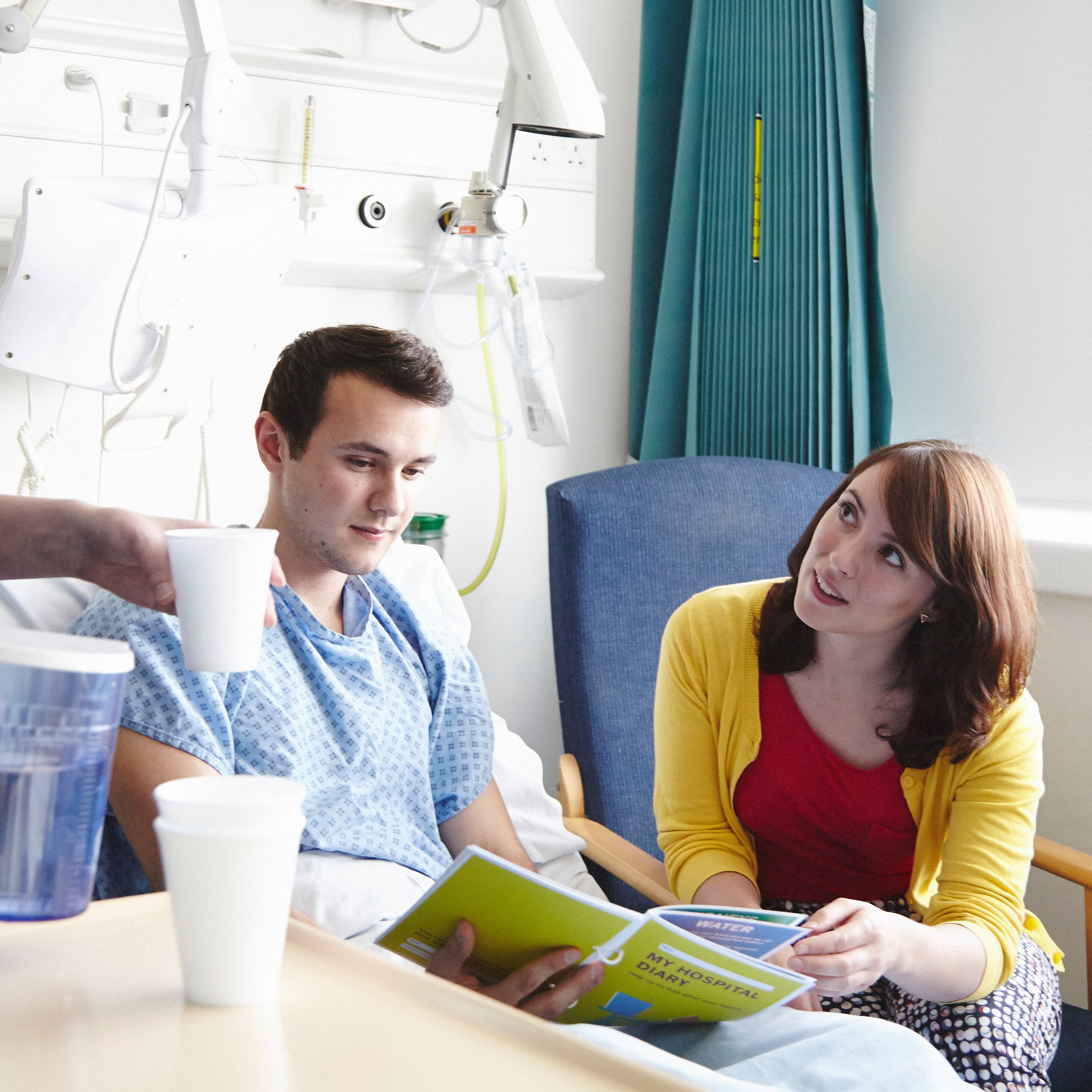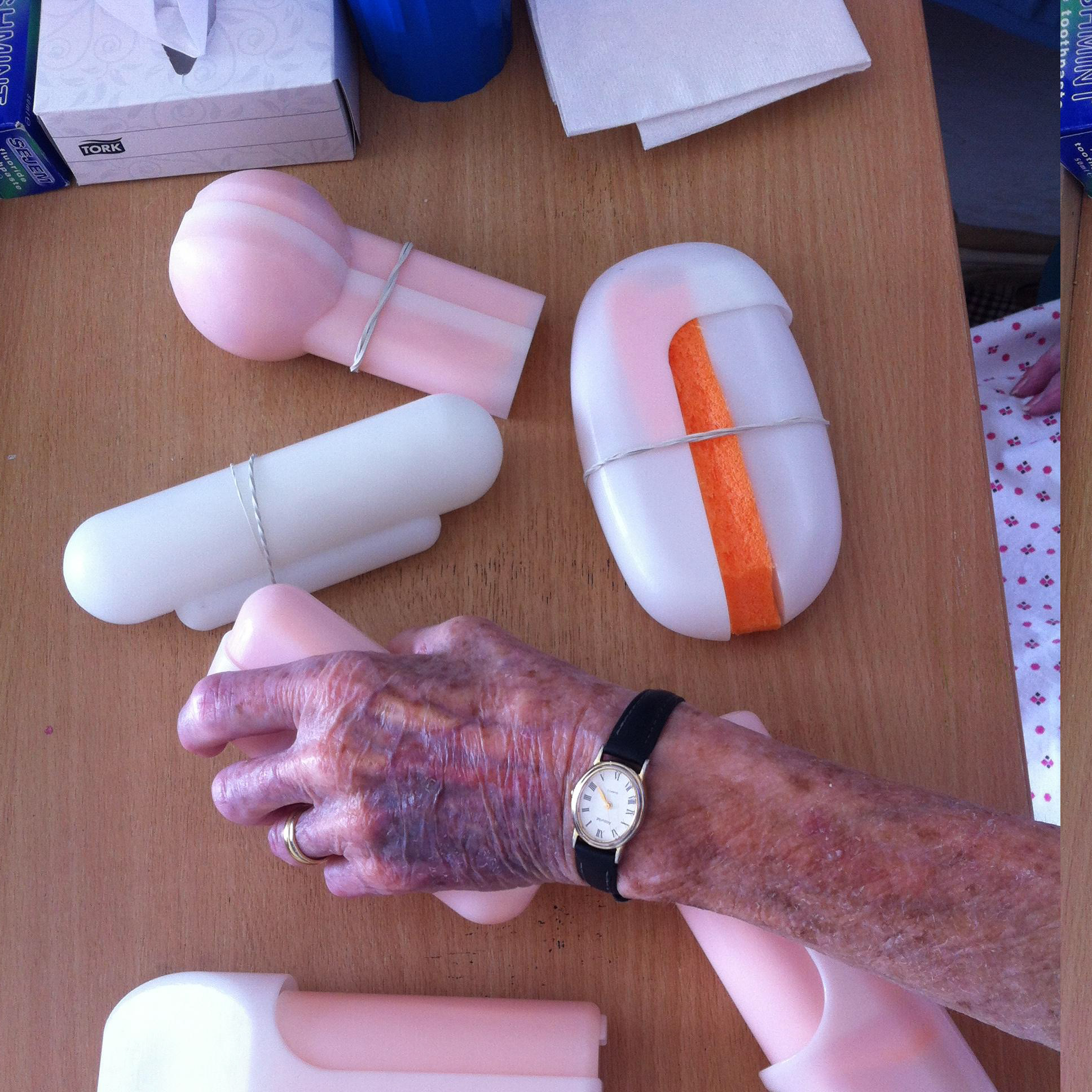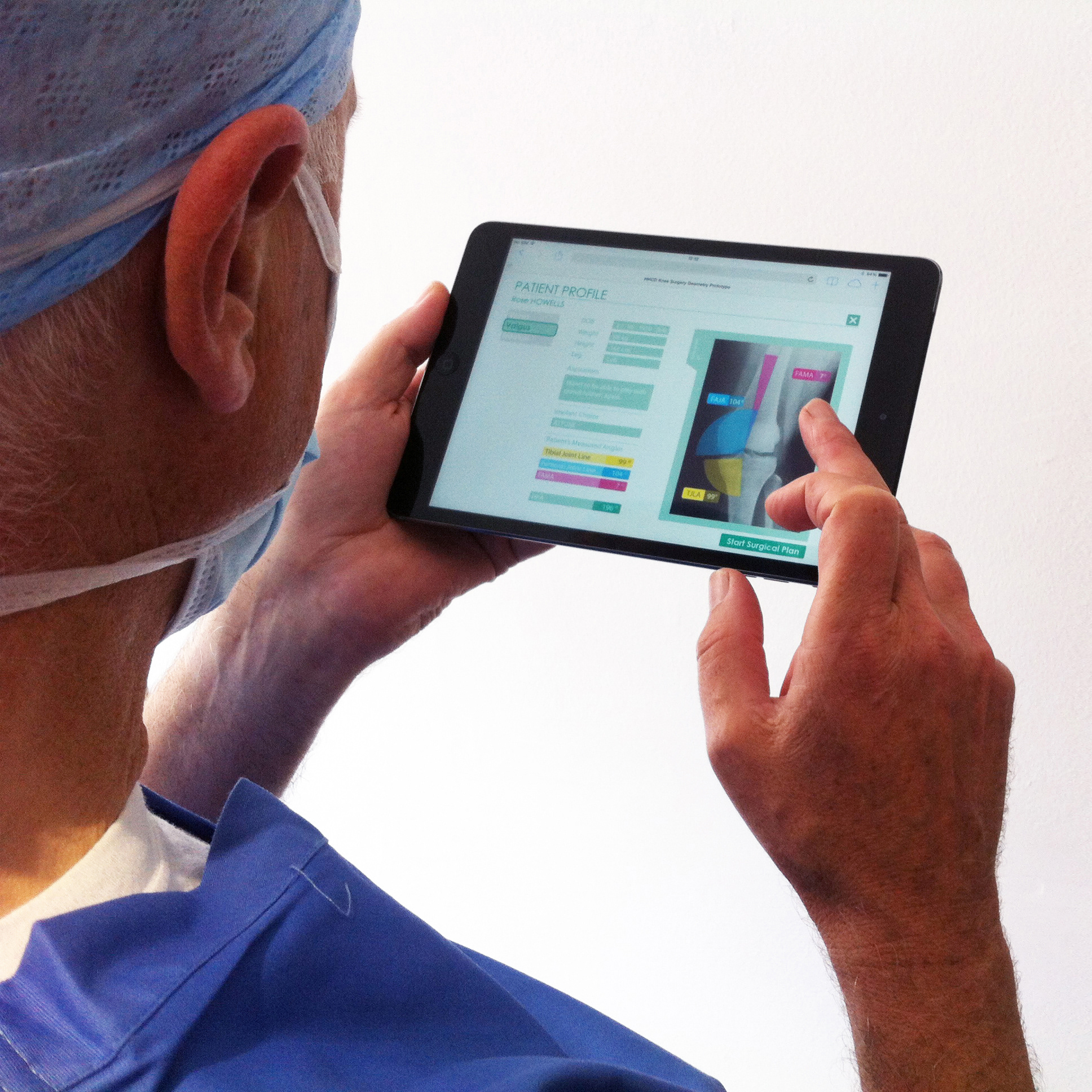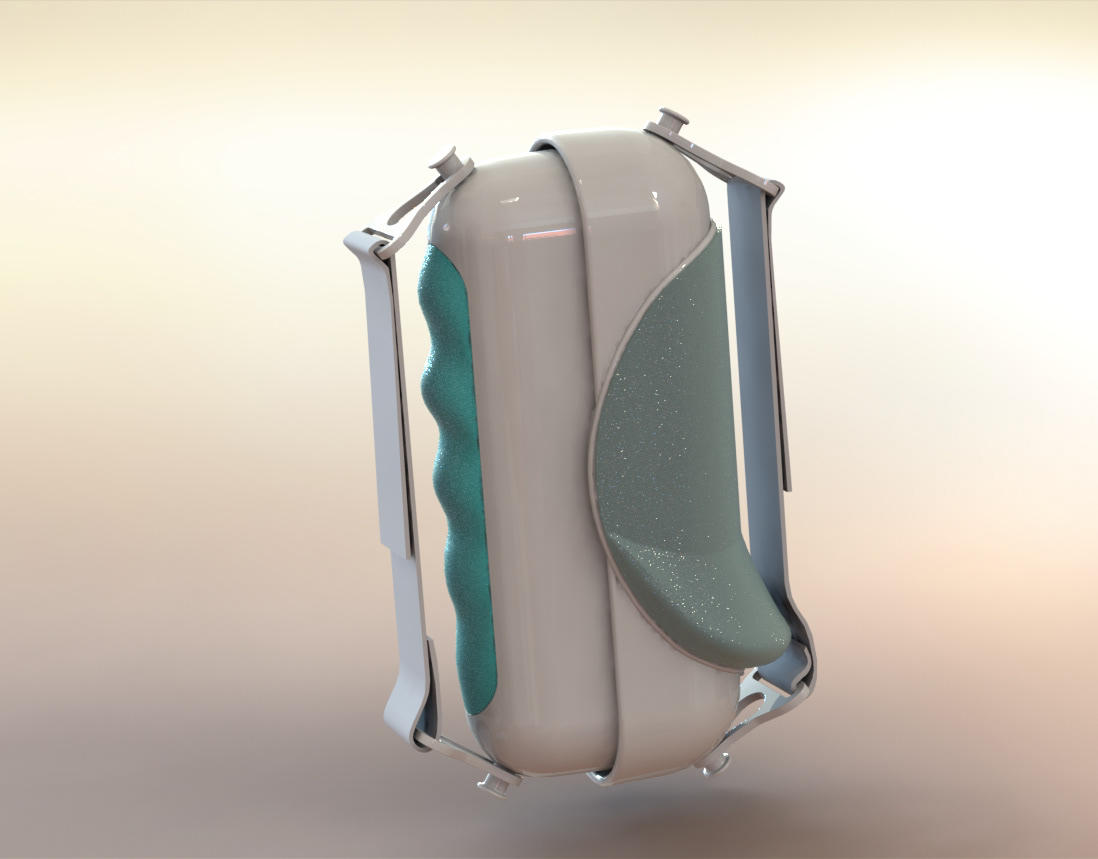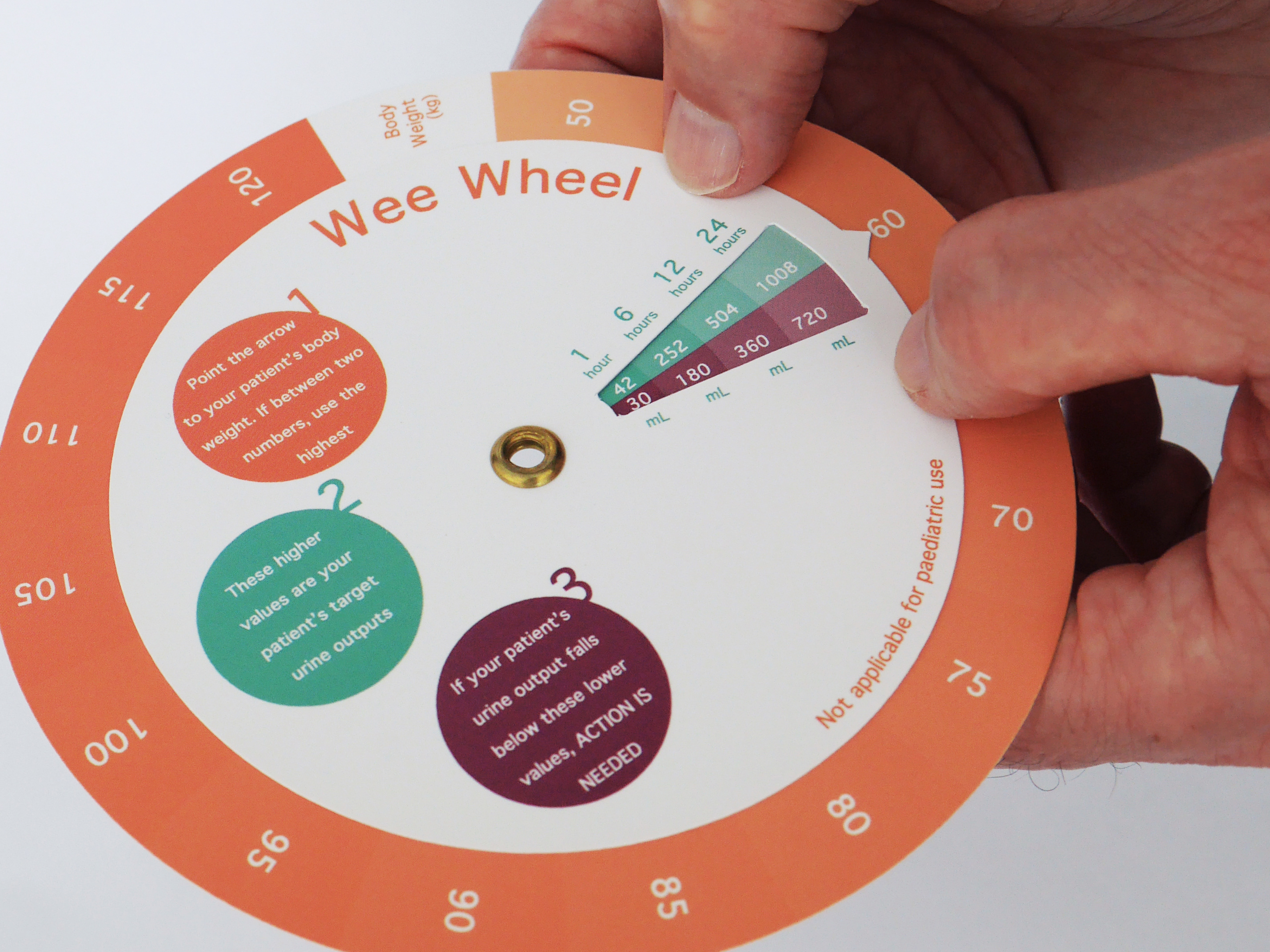A communication tool that helps healthcare staff to quickly identify Sepsis.
___
The aim of this project was to improve the detection and therefore treatment rates of an emergency condition called Sepsis. Sepsis can kill very quickly and is responsible for tens of thousands of deaths a year in the UK. It’s an infection that has become systemic, spreading through the body, and can result in multiple organ failure. Sepsis can be detected by watching for signs including an increased breathing rate, increased heart rate and a raised temperature. When diagnosed, there is a very clear process to follow, called the ‘Sepsis 6’.Patient notes for a single patient can spread to many volumes with hundreds of paper pages, and sometimes important information can be missed. One of the issues identified with diagnosing Sepsis is that some measurements are taken by nursing staff whilst others are taken by doctors, and they’re not always clearly communicated. A holistic view can be difficult to obtain and sometimes an ill patient can be missed. Time is of the essence when treating Sepsis.
The Sepsis Panel helps with the collaborative diagnosis of Sepsis by having a visual display at the bedside. The magnetic board shows relevant Sepsis symptoms on individual cards. If a symptom is triggered, the magnetic card is turned over, showing red. With three of more red cards, including a confirmed or suspected infection, a diagnosis of Sepsis is recorded. Whichever staff member reaches this diagnosis should promptly start the Sepsis 6 treatment process.
The project was in partnership with the Helen Hamlyn Centre for Design, Betsi Cadwaladr University Health Board, University College London Partners, Aneurin Bevan University Health Board, 1000 Lives Plus (now Improvement Cymru) and Bangor University. It was funded by the Health Foundation's Shine programme. The six research hospital sites were University College London, Barnet, Chase Farm, Royal Gwent, Ysbyty Gwynedd and Wrexham Maelor.
